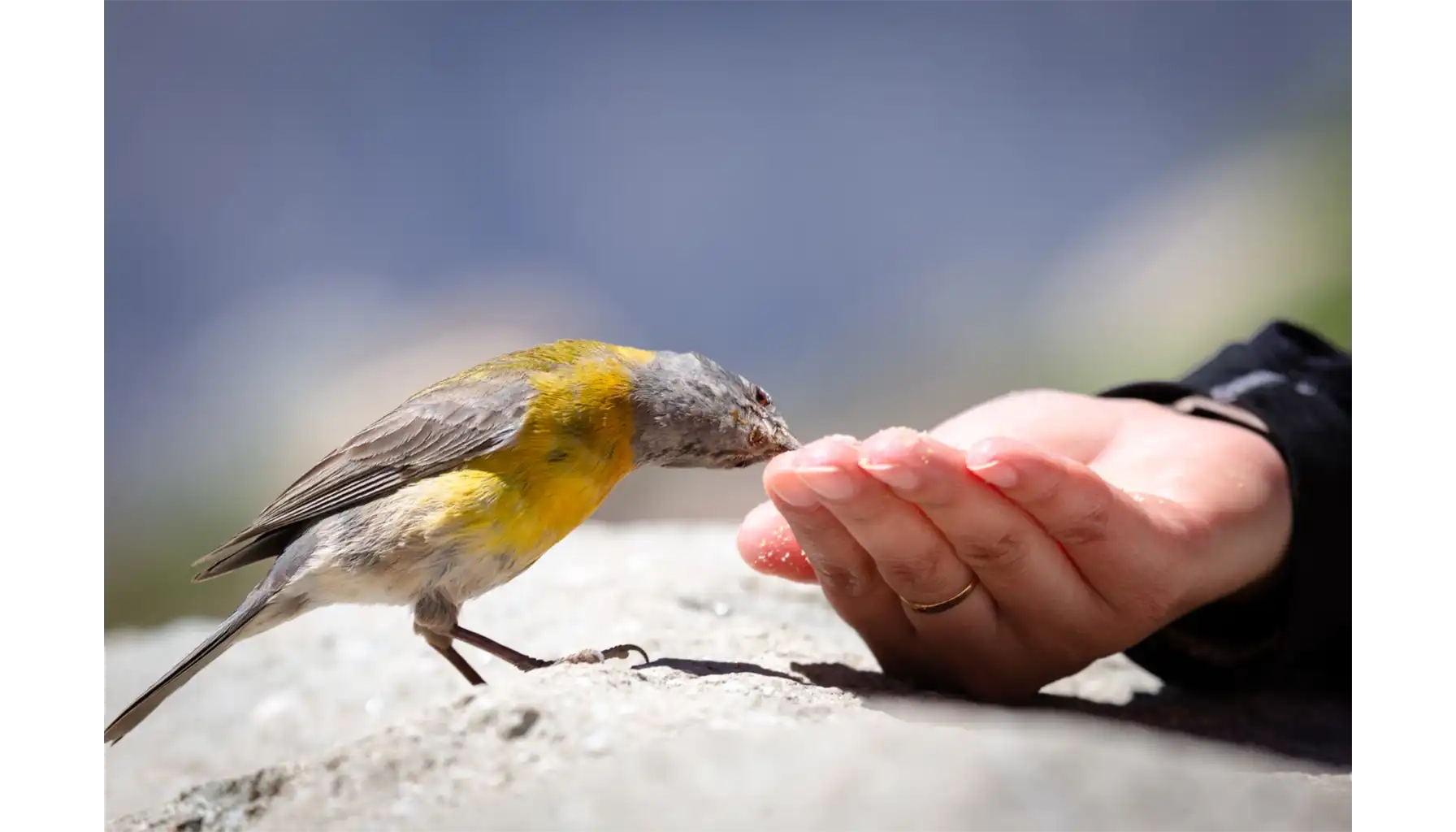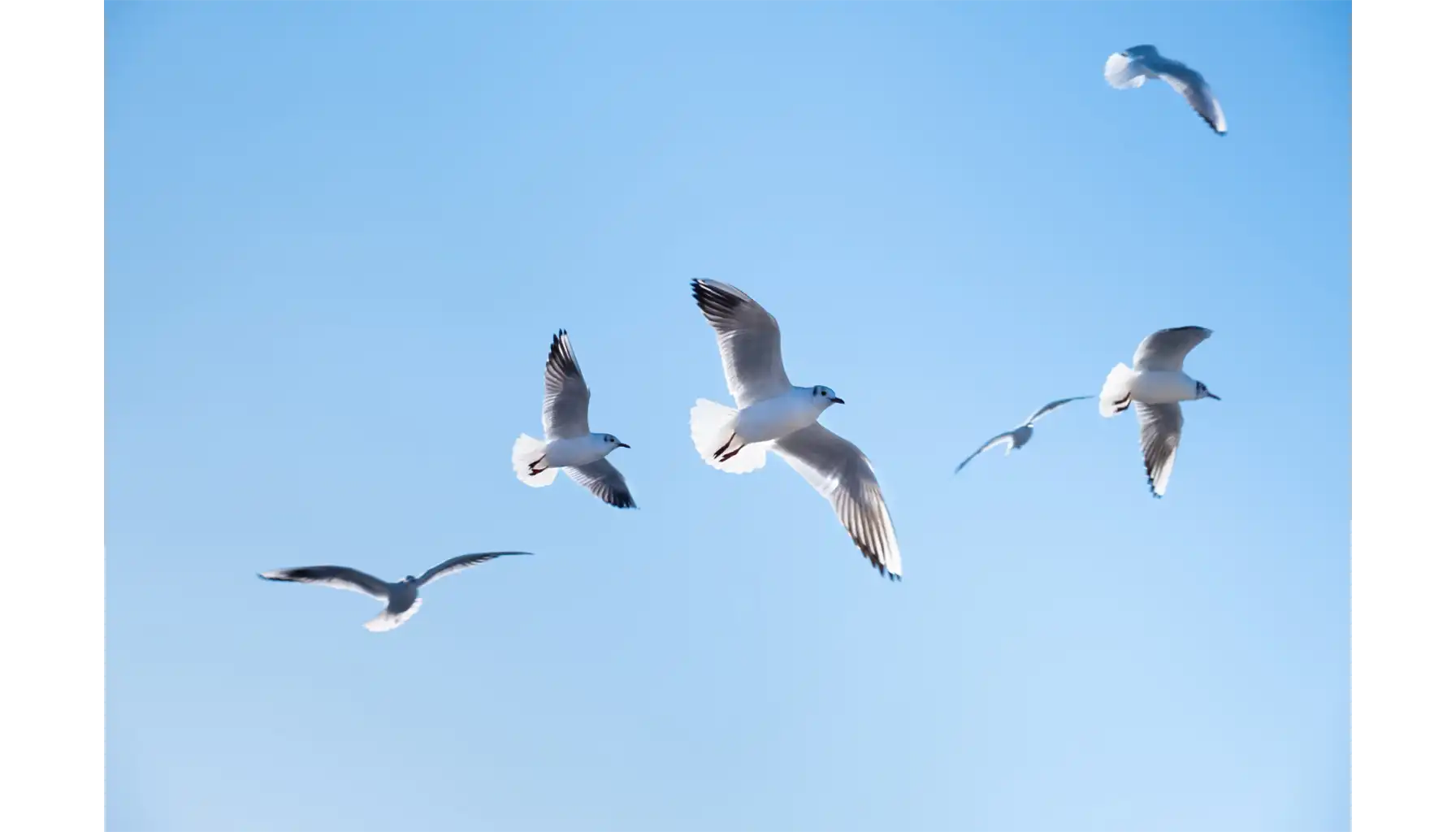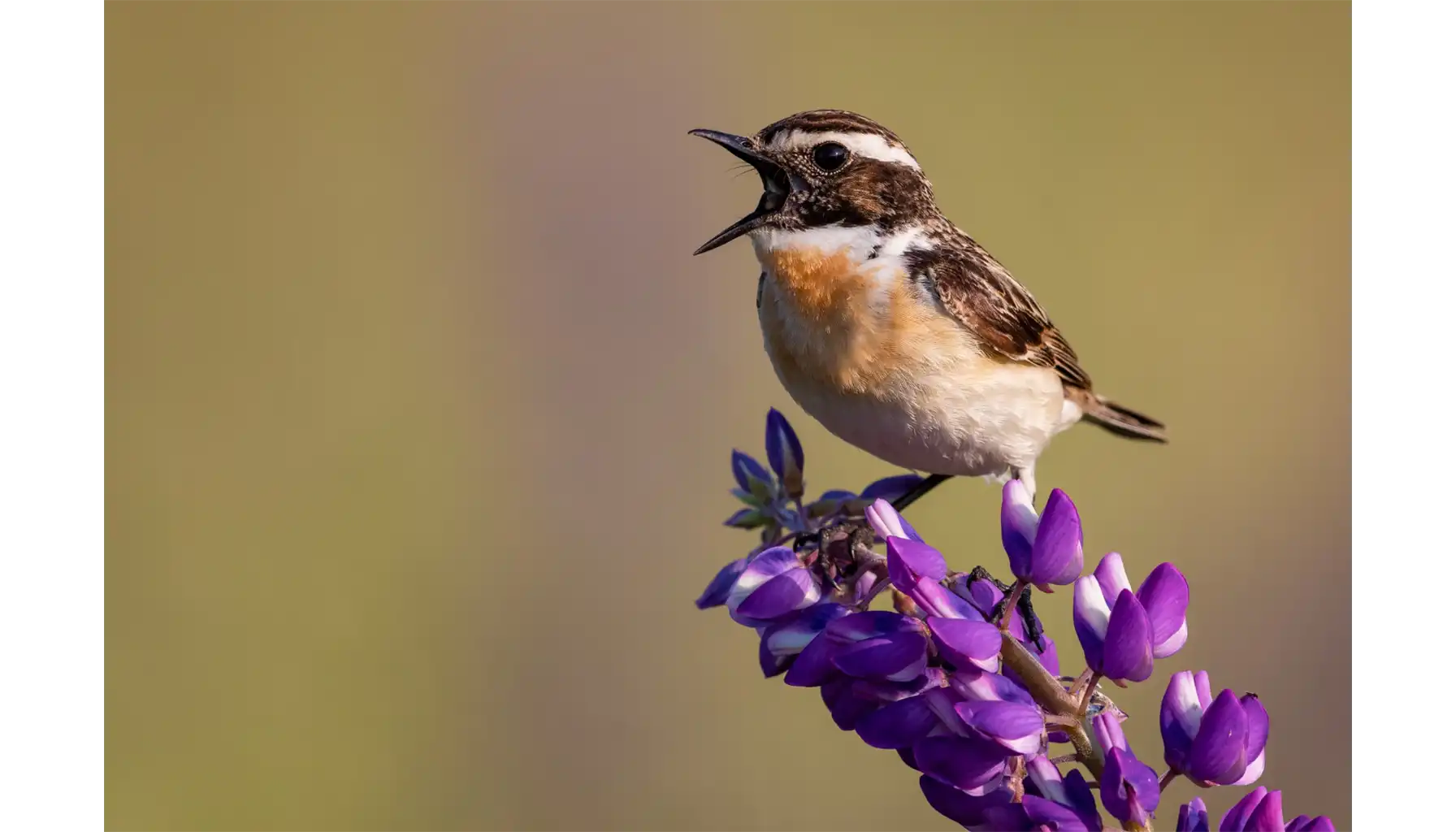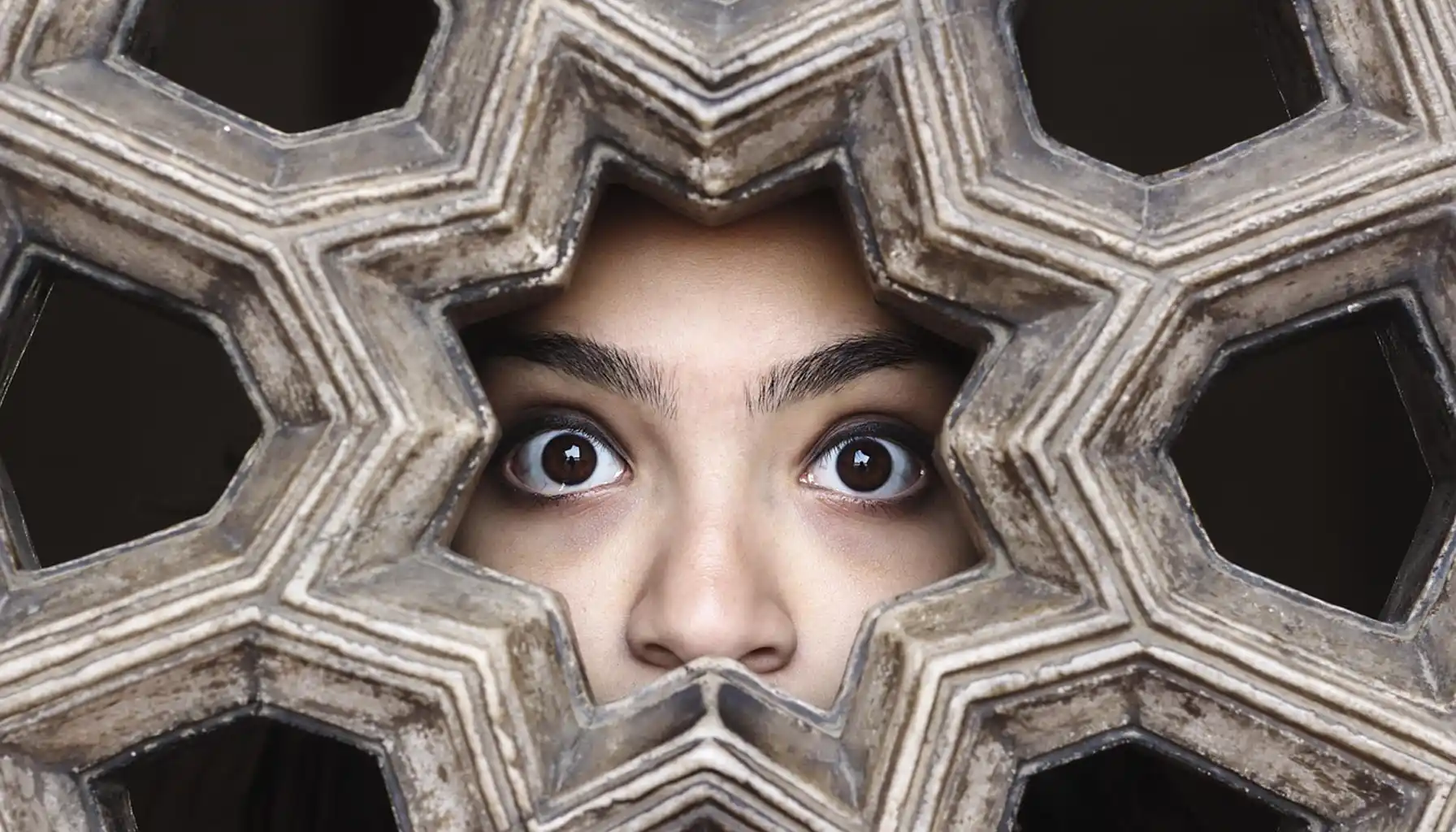The Fear of Birds: What Is Ornithophobia and How to Cope

Contents:
Soft feathers cannot make a cruel bird kind, and an inexplicable fear of small living "beasts" may hit you for once. For many centuries, birds have been seen as symbols of freedom and hope, but just like many other "holy" figures, they may make your blood run cold. Something scary yet vigorous, powerful yet fragile.
When it comes to the primal fears, one rarely thinks of ornithophobia or any other specific phobias that zero in on animals rather than natural phenomena or human-produced dangers. Nonetheless, the problem persists, and the farther we go, the more intense it may get. So, what is the clinical ornithophobia meaning? How to overcome such intense reactions, and what type of brain training may mitigate the influence of these deep-seated fears?

Ornithophobia Definition: A Quick Clinical Overview
Ornithophobia is classified as a specific phobia, i.e., a type of severe anxiety caused by birds and widely recognized in diagnostic manuals (e.g., DSM-5). As such, it refers to a persistent, overly intense negative reaction that may cause distress and stun a person who suffers from this condition.
Nonetheless, it is not a simple aversion, for each encounter with the object of fear may become the source of uncontrollable emotional and physical responses, i.e., panic, sweating, trembling, etc. What distinguishes phobias from everyday fears is their impact on everyday life. This generally comes down to avoidance behaviors (avoidant personality disorders are also possible), e.g., refusing to enter parks, changing travel routes to stay away from bird-populated areas, or simply going out.
This is how one's experience becomes limited – but is it really worth it?..
Causes and Origins of the Phobia

Phobias can rarely appear on their own. In turn, it is a long process that gradually occupies one's mind and turns an acquired or genetic anxiety into something more serious. One of the most illustrative examples was described by Felek Yoğan in "The Construction of Adult Phobias: A Study Through Discourse Analysis".
The subject of the research, a young woman, described how her fear of birds emerged after witnessing one fatally fall from her grandmother’s balcony when she was just five or six years old. Although she had already been suffering from some uneasy feelings caused by birds, this traumatic incident left a deep and lasting mark on her mental well-being – even the sound of flapping wings could trigger her panic.
This definitely aligns with broader concepts: phobias often develop around stimuli that feel uncontrollable. Birds, with their fast, erratic flight and sudden wing movements, are overly unpredictable – this is the reason why one may be prone to anxiety even when thinking about a bird.
Indicative Symptoms and Manifestations

Although it is quite obvious that ornithophobia causes anxiety and other physical and psychological distress, its manifestations are rather diverse and not always obvious to recognize. So, what should one pay special attention to?
Physical Symptoms
Rapid heartbeat, trembling, sweating
Shortness of breath or dizziness
Nausea or gastrointestinal discomfort
Feeling frozen or “shut down” when confronted with birds
Emotional Symptoms
Overwhelming fear, dread, or anxiety
Panic triggered by sight, sound, or even mental images of birds
Emotional reactions disproportionate to actual danger
Behavioral Symptoms
Avoidance of places where birds may be present (parks, beaches, outdoor cafés)
Detours or heightened vigilance when encountering birds
Avoidance reinforced over time
This, however, may also extend to winged creatures (not always birds), thanks to similar flapping movements that trigger panic and general distress. Birds are misleading, and so is the fear.
Ornithophobia Treatment to Opt for

Every problem needs attention, yet at times, your attention is not enough to cope with the problem for good. It is always vital to be courageous enough to appeal to the healthcare specialists and receive help from those who are trained to guide you safely through treatment and recovery. A controlled, well-developed way is vital, and this is rarely achieved without proper help.
Mind that there exist thousands of possible solutions, but only a doctor may find the one that is truly effective and safe for your specific situation. Below is a list of a few of the most popular strategies that may help one regain control and reduce the debilitating impact of ornithophobia.
Treatment Type | Description | Benefits |
Structured therapy focusing on identifying and changing fear-inducing thoughts (with gradual exposure to birds) | Reduces anxiety, builds coping strategies, helps break avoidance patterns | |
Mindfulness | Techniques (including mindfulness meditations) to focus attention and regulate emotional responses | Lowers stress, improves emotional intelligence, enhances awareness of triggers |
Cognitive Training | Apps like Mind Elevate with 35+ interactive games targeting memory, attention, logic, math, and musical perception | Improves cognitive resilience, focus, and stress management, indirectly supports fear regulation |
Gradual Exposure Therapy | Step-by-step exposure to birds, starting from images or recordings to live encounters | Desensitizes the phobic response, makes one more confident in facing triggers |
Relaxation Techniques (Breathing, Visualization) | Guided exercises to calm physiological fear responses | Helps reduce panic and physical symptoms during encounters |
Support Groups & Psychoeducation | Learning from peers and professionals about phobias and coping strategies | Provides social support, reduces stigma, encourages adherence to treatment |
Note: The treatments listed above are recommendations for informational purposes only and are not intended to serve as a substitute for professional medical advice.
A Bonus For Those Who Seek
Peculiar Cases of Those Who Fear(ed) the Birds
Unfortunately, ornithophobia cannot be considered a common, relatively common deviation, though its presence has been documented for centuries. According to "Drunken Snakes and Sober Owls: Ancient Authors on the Relationship between Animals and Wine" by Lucyna Kostuch, for instance, certain animals exhibited intense fear of seemingly harmless birds.
Aelian described the basilisk trembling at the sight of a rooster, while Pliny noted that lions would panic at the rooster’s crowing or even the sight of its comb. Besides, birds are about symbolism, often associated with prophecy or omens. When one saw a raven, a crow, or an owl, the bad news or death was yet to come. For those attuned to these cultural signals, encounters with birds could evoke fear as a response to perceived signs of danger.
Even the celebrities with ornithophobia cannot cope with this condition on their own. Support is vital: seek it, and let your fears turn into dust.





